If you consider yourself a film savant, you’re likely getting a kick out of The Film Memes Instagram page. As you might expect, it’s a collection of funny images featuring timeless classics and some all-time favorites for many. It’s an entire page dedicated to anyone who identifies as a cinephile.
Bored Panda also reached out to the page’s owner, film reviewer, and enthusiast moviemattk. We asked about his love for motion pictures, which led to the creation of the page, and what he believes makes someone a movie buff.
#1
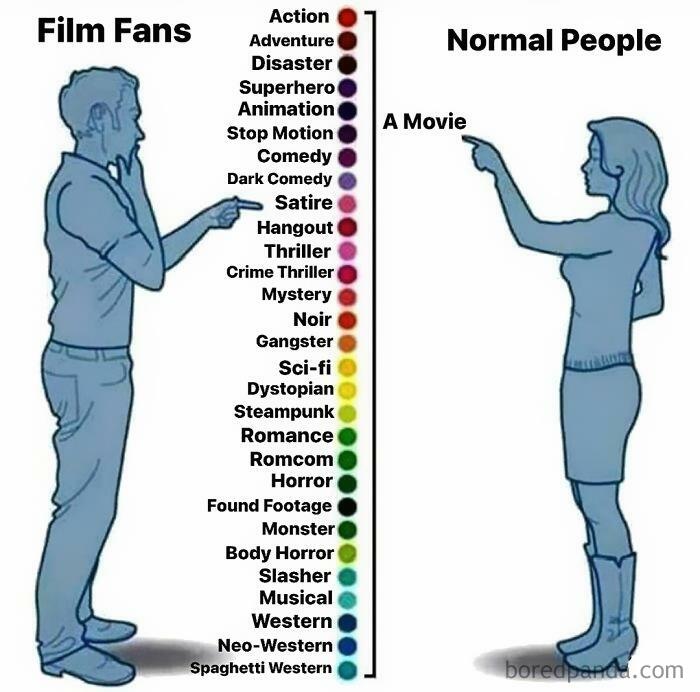
Image credits: thefilmmemes
Every enthusiast has one movie that changed their lives and deepened their love for the art form. But for Matt, two films did it for him.
“The first movie I really remember loving was probably the 2002 Sam Rami Spiderman. The soundtrack to that movie brings me so much nostalgia,” Matt told Bored Panda via Instagram.
“As for what movie sort of launched me into liking all types of film, I think 2006, Bong Joon-ho’s The Host. My dad rented it from Blockbuster, and it was possibly the first foreign film I ever saw and one of the most thrilling monster movies I had ever seen.”
#2
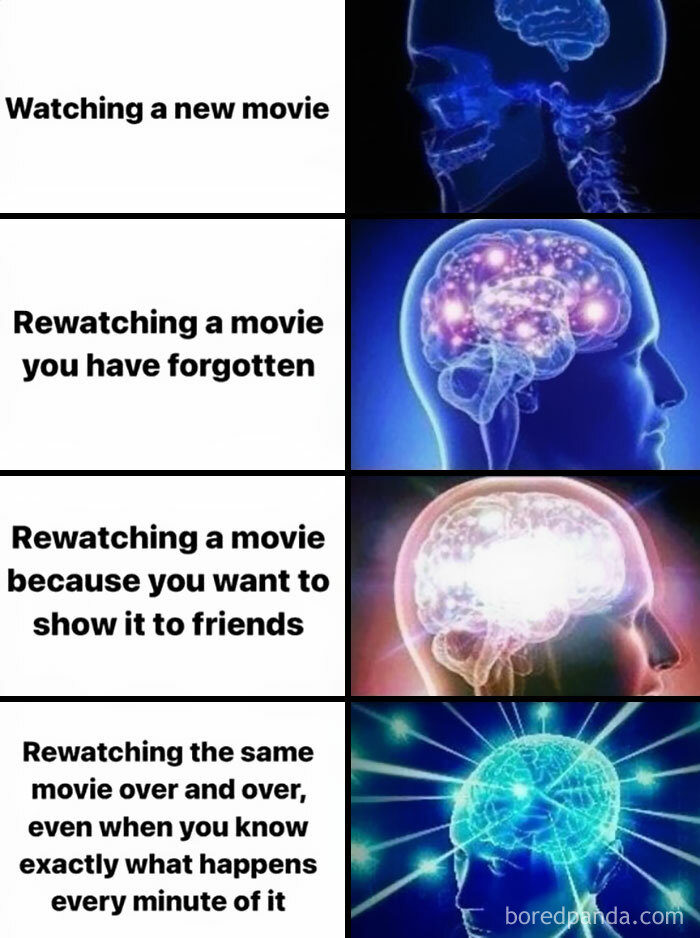
Image credits: thefilmmemes
#3
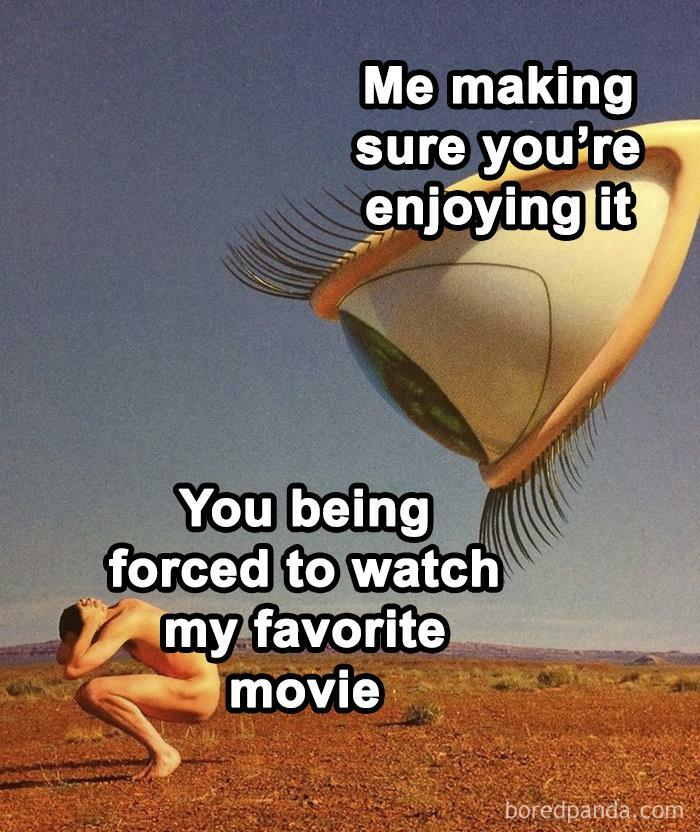
Image credits: thefilmmemes
#4

Image credits: thefilmmemes
It’s easy for any movie lover to call themselves a connoisseur. So, to set a definition, online user Zalindras shared their criteria with the r/flicks subreddit.
“Watch and discuss films often enough for it to be considered as one of their main hobbies. Have a few favorite directors, actors and genres. Have a sizable collection of films on DVD and/or Blu-Ray. Be able to appreciate films in all languages, from all eras and with all budgets.
#5

Image credits: thefilmmemes
#6

Image credits: thefilmmemes
#7

Image credits: thefilmmemes
Matt believes anyone can be a film buff if they find a story or genre that grabs their attention. But what he believes separates a full-fledged cinephile from the average moviegoer is one who goes deeper and shows more interest in the director.
“I think when you first start watching movies, you seek out only what looks interesting based on the actors and trailers, or maybe it’s adapted from something you already know. But if you watch enough movies, you begin to recognize the names of directors more.”
#8

Image credits: thefilmmemes
#9

Image credits: thefilmmemes
The Film Memes Instagram page currently has a little over 71,000 followers and counting. For Matt, it’s a passion project that allows him to share his enthusiasm for movies with fellow fanatics.
“I’ve always been captivated by movies. I just love a good story, whether it be in film, theater, books, etc. I think movies happen to be the most immersive and accessible way to experience a good story. I love sharing my enthusiasm about movies with others, hence why I make the memes.”
#10

Image credits: thefilmmemes
#11

Image credits: thefilmmemes
#12
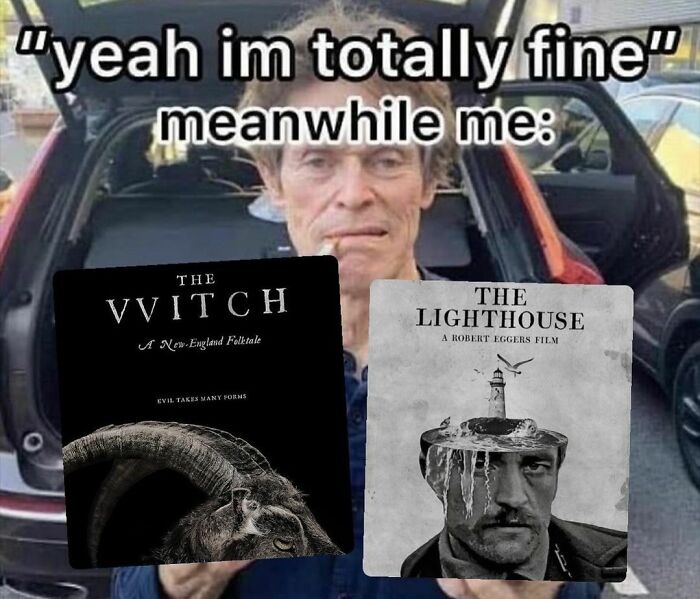
Image credits: thefilmmemes
#13

Image credits: thefilmmemes
#14

Image credits: thefilmmemes
#15

Image credits: thefilmmemes
#16
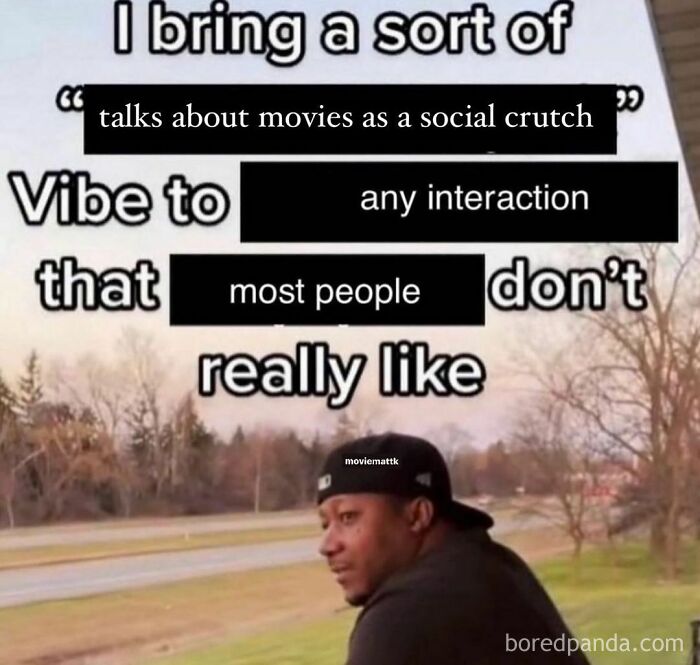
Image credits: thefilmmemes
Certain films make us cry, laugh, and feel scared. Some can even evoke physical reactions, like flinching when a character throws something on the screen. It feels as if we’re part of the action ourselves.
But what is it about movies that draw strong emotional connections? Psychology professor Jeffrey Zacks calls it the “mirror rule.”
“[It] says that it’s a good idea to mimic the visual input that you’re seeing,” Zacks said in an interview with Today. “So if you walk up to somebody and they smile at you, it’s good to smile back.
“If you watch somebody in the theater and there’s a smiling face filling the screen, most of the audience is going to pop a little bit of a smile.”
#17
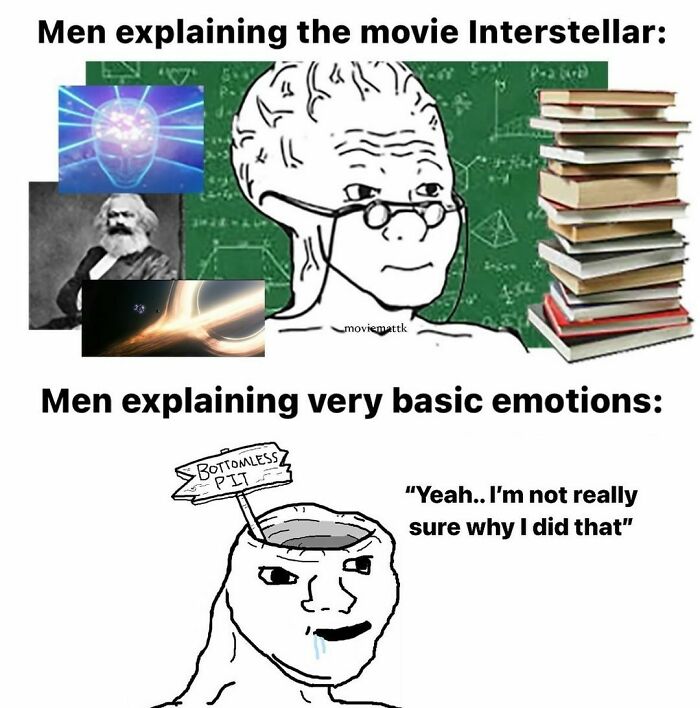
Image credits: thefilmmemes
#18

Image credits: thefilmmemes
#19

Image credits: thefilmmemes
#20
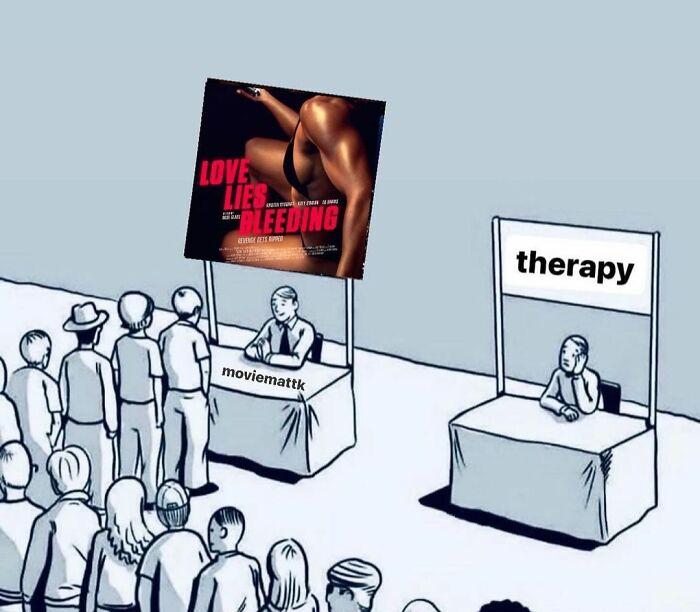
Image credits: thefilmmemes
#21
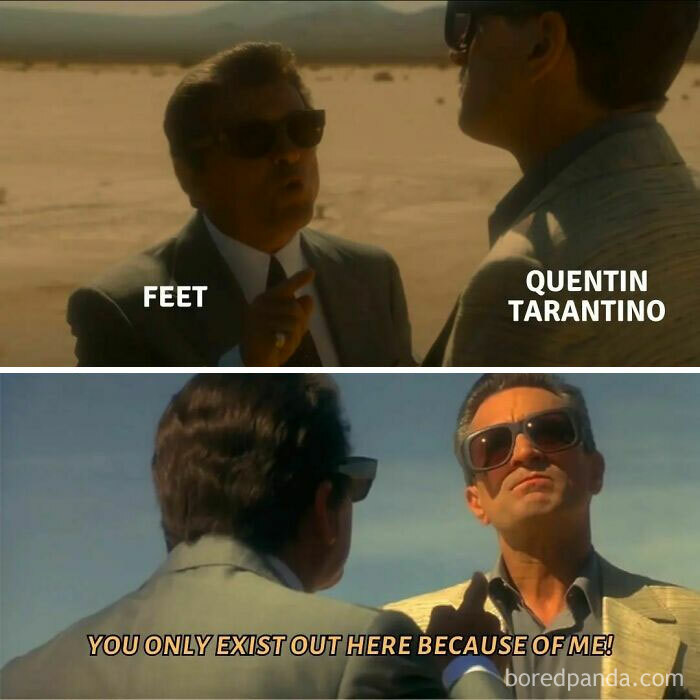
Image credits: filmpulse_
According to Zacks, filmmakers take advantage of that mirror rule and other components at their disposal to evoke feelings.
“Music plays a big role in emotion and film. Often, sad movies have slow minor key music at the points that they’re trying to get you to cry.
“We encounter minor key music in real life, we see people who cry and we watch bad things happen to other people—all these things make us feel sad. But in a movie, you can crank those things up to 11. You can put a big crying face that fills up your whole visual field so there’s no other place to look.”
#22
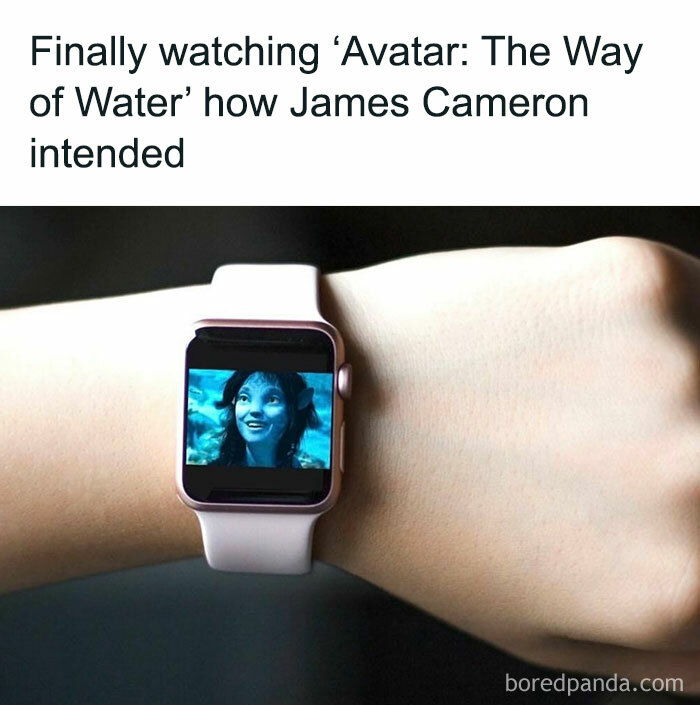
Image credits: thefilmmemes
#23

Image credits: thefilmmemes
#24
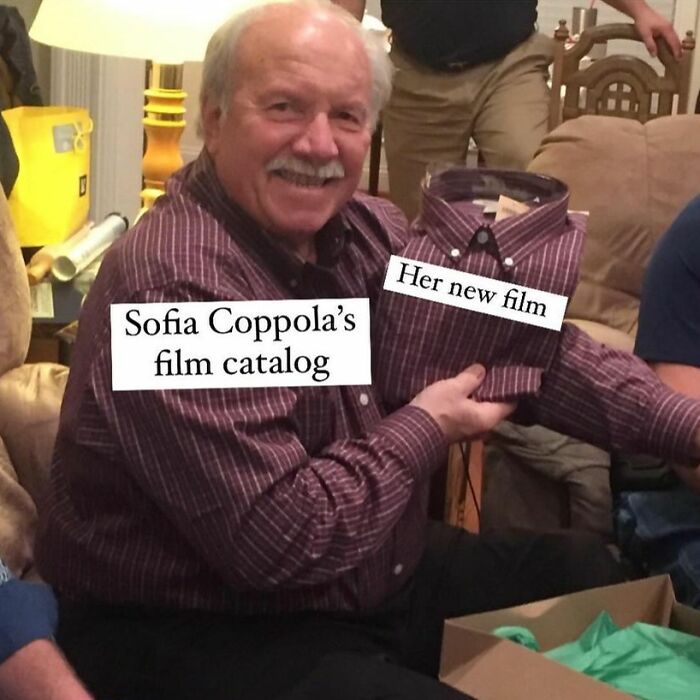
Image credits: thefilmmemes
#25
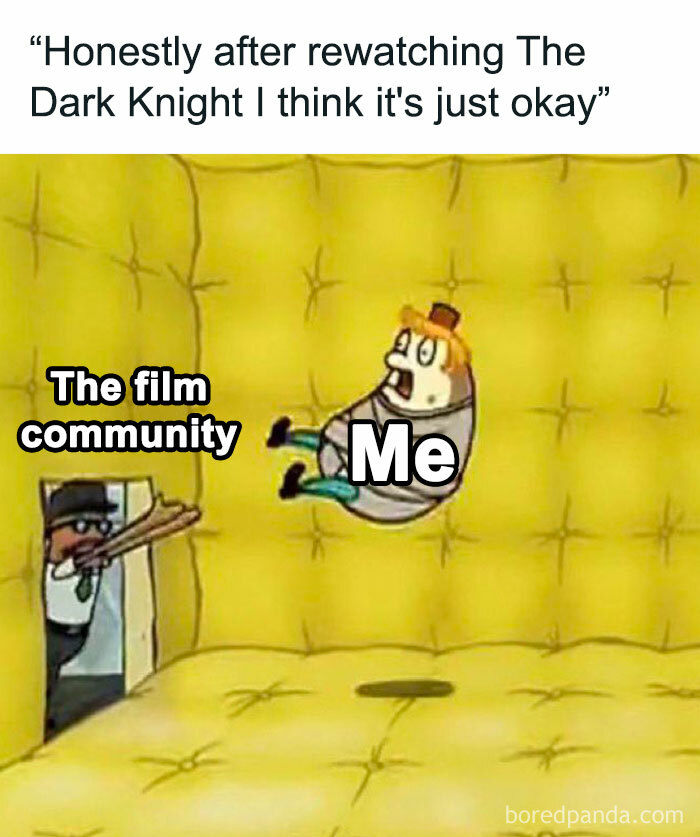
Image credits: thefilmmemes
#26

Image credits: thefilmmemes
Why do we flinch when someone throws an object towards the screen? Zacks attributes it to what he refers to as the “success rule,” which has ties to genetics and evolution.
“It says that when you’re confronted with stimuli, you tend to perform the behaviors that produced good outcomes in response to similar stimuli in the past.
“In the past, when we perceived a looming object, that meant that there was something coming at your head, and the good thing to do would be to duck. It’s evolutionarily baked in. Do what’s worked for you in the past.”
#27
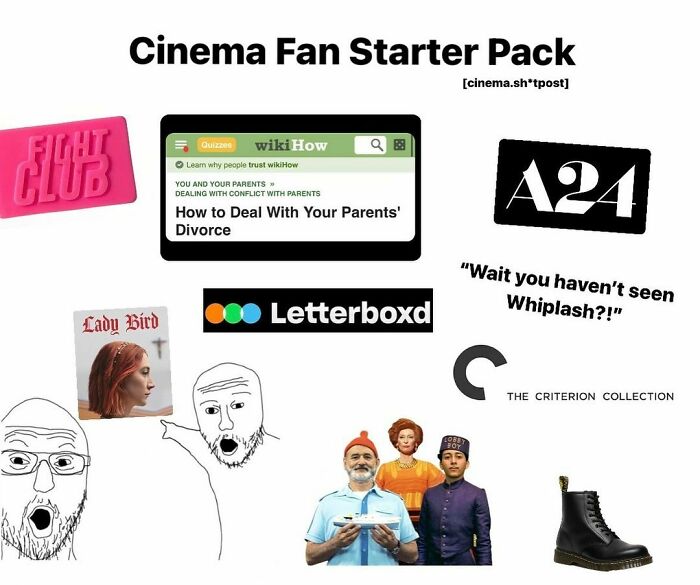
Image credits: thefilmmemes
#28

Image credits: thefilmmemes
#29

Image credits: thefilmmemes
#30
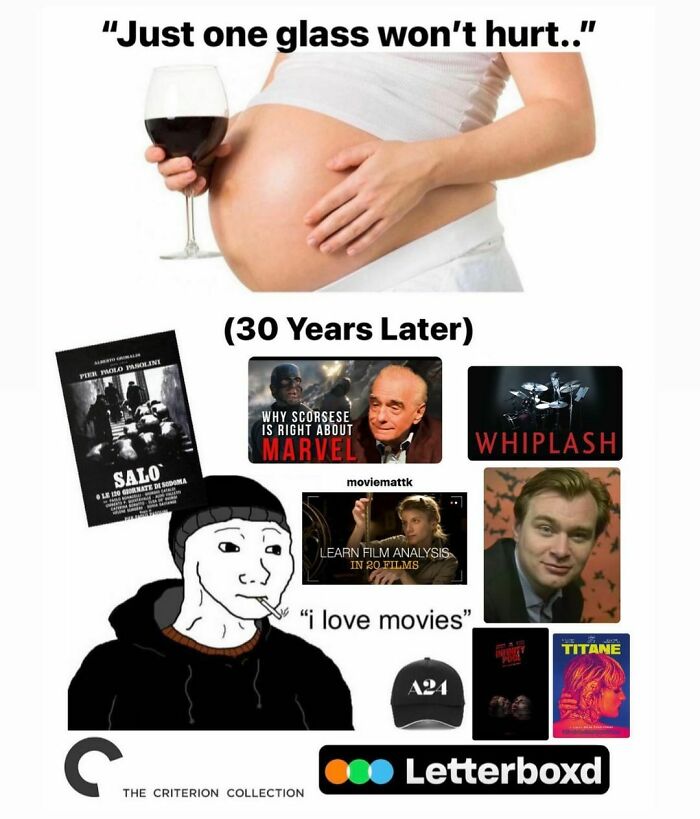
Image credits: thefilmmemes
#31
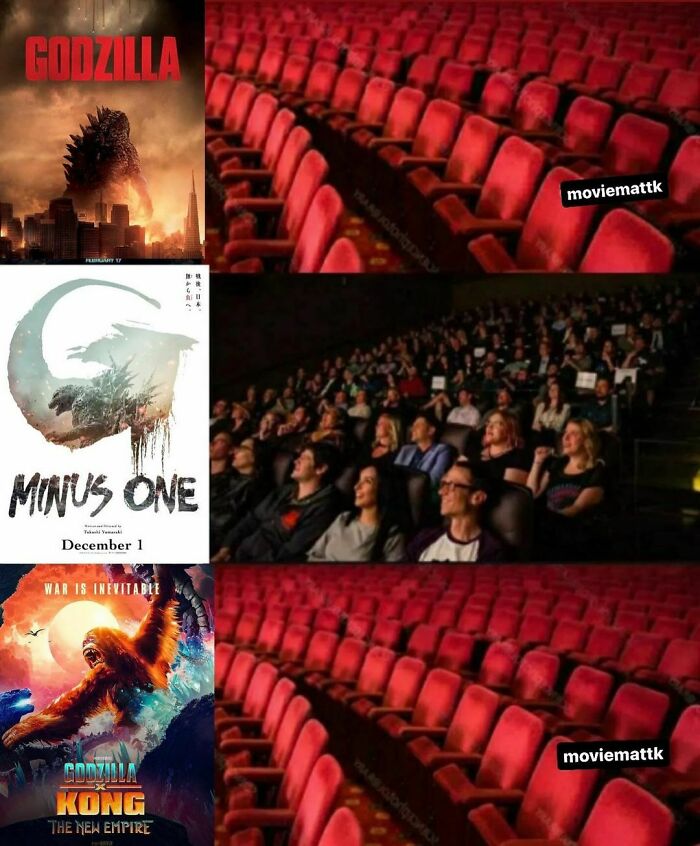
Image credits: thefilmmemes
Other experts like academic and journalist Noam Schimmel see film as an effective teaching tool. As he explained in his article in the Times Higher Education, he used the 2013 film Girl Rising to build empathy among students.
Girl Rising follows a group of girls from countries such as Ethiopia, Cambodia, Peru, Haiti, Afghanistan, Egypt, Sierra Leone, India, and Nepal. It covers sensitive topics like child marriage, human rights challenges, and domestic violence.
“Students can explore the commonalities and differences in the personal stories and make connections between the individual experiences and the advancement of human rights,” Schimmel wrote.
#32
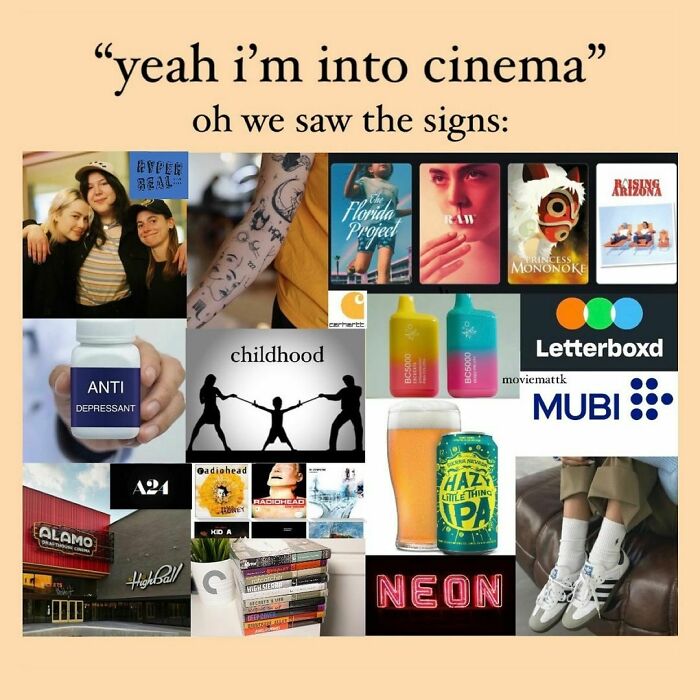
Image credits: thefilmmemes
#33
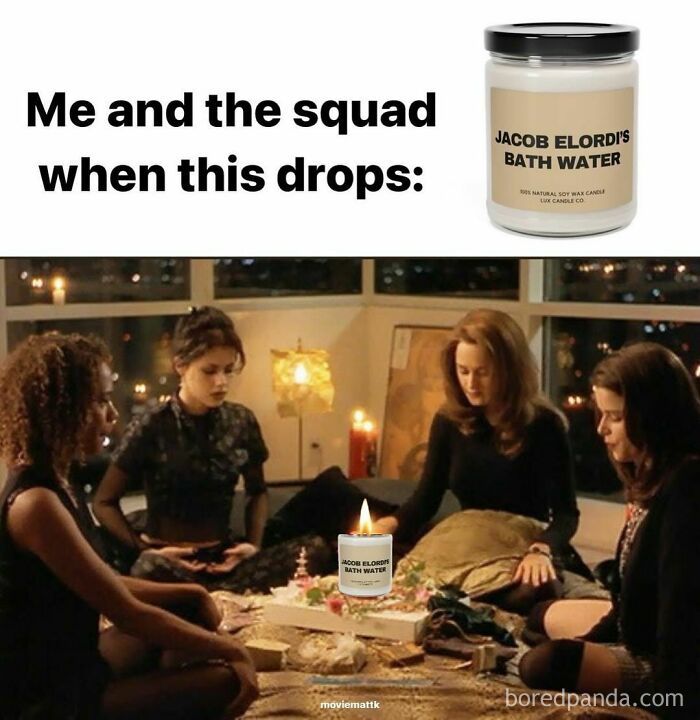
Image credits: thefilmmemes
#34
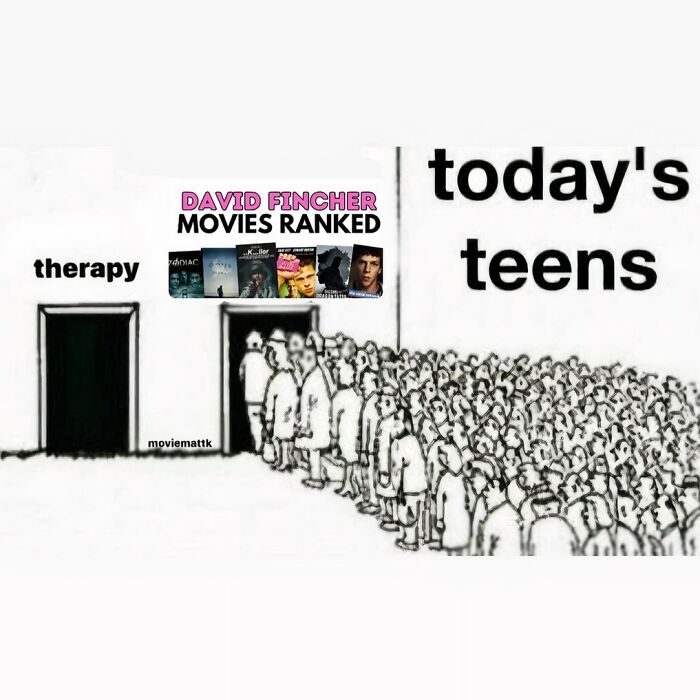
Image credits: thefilmmemes







